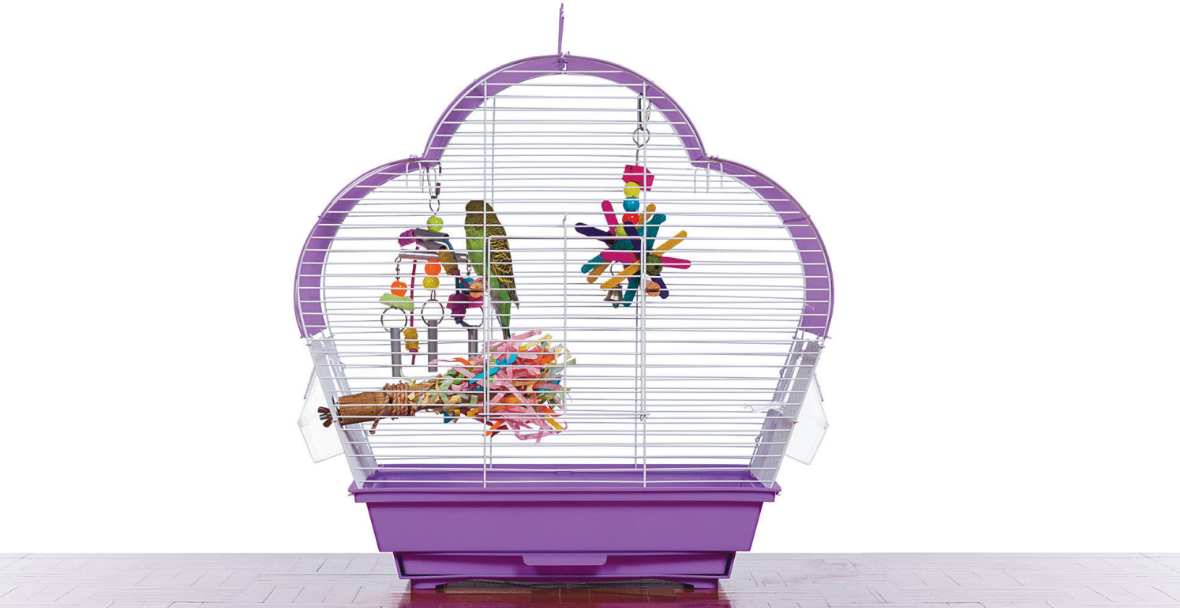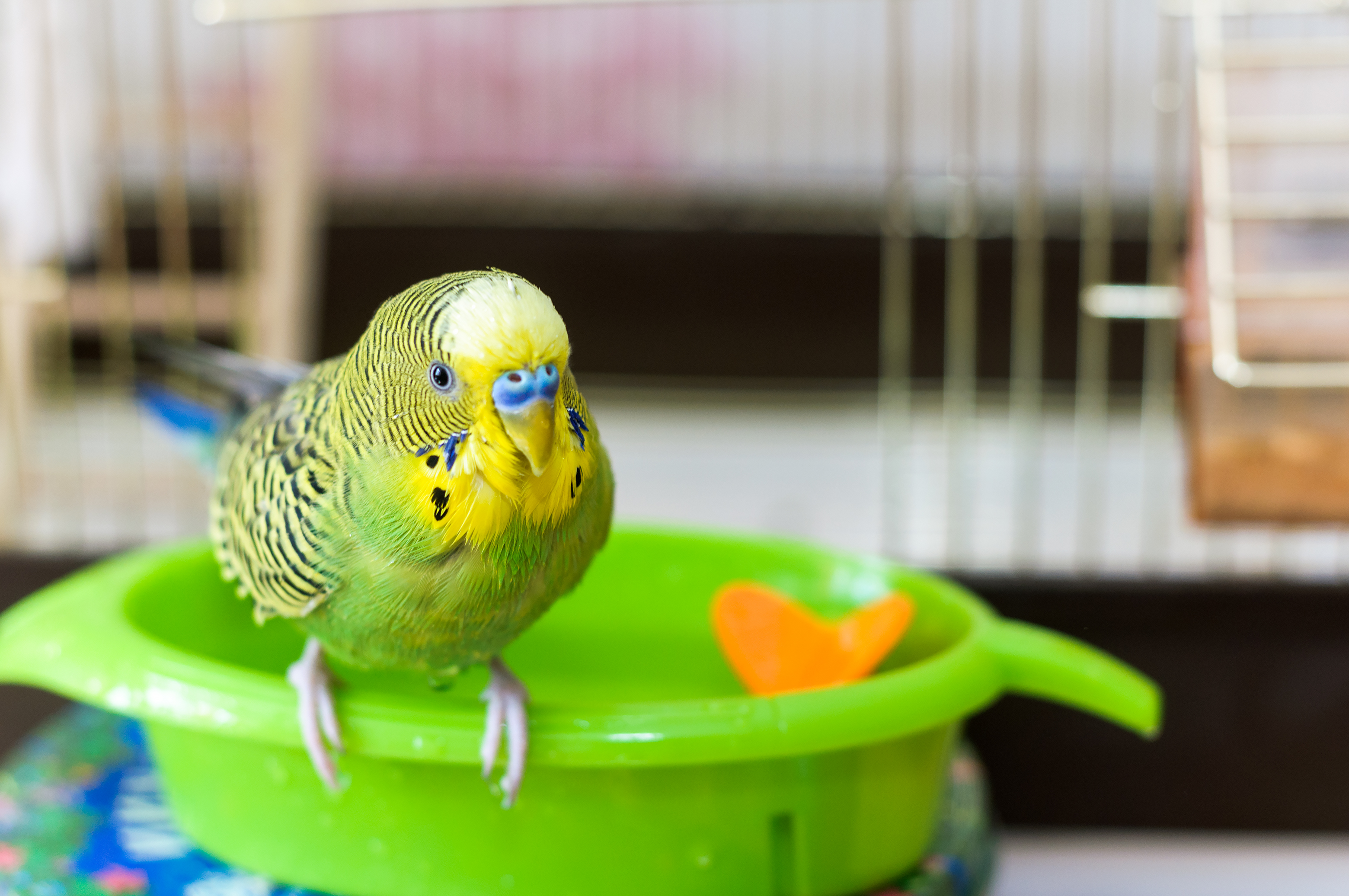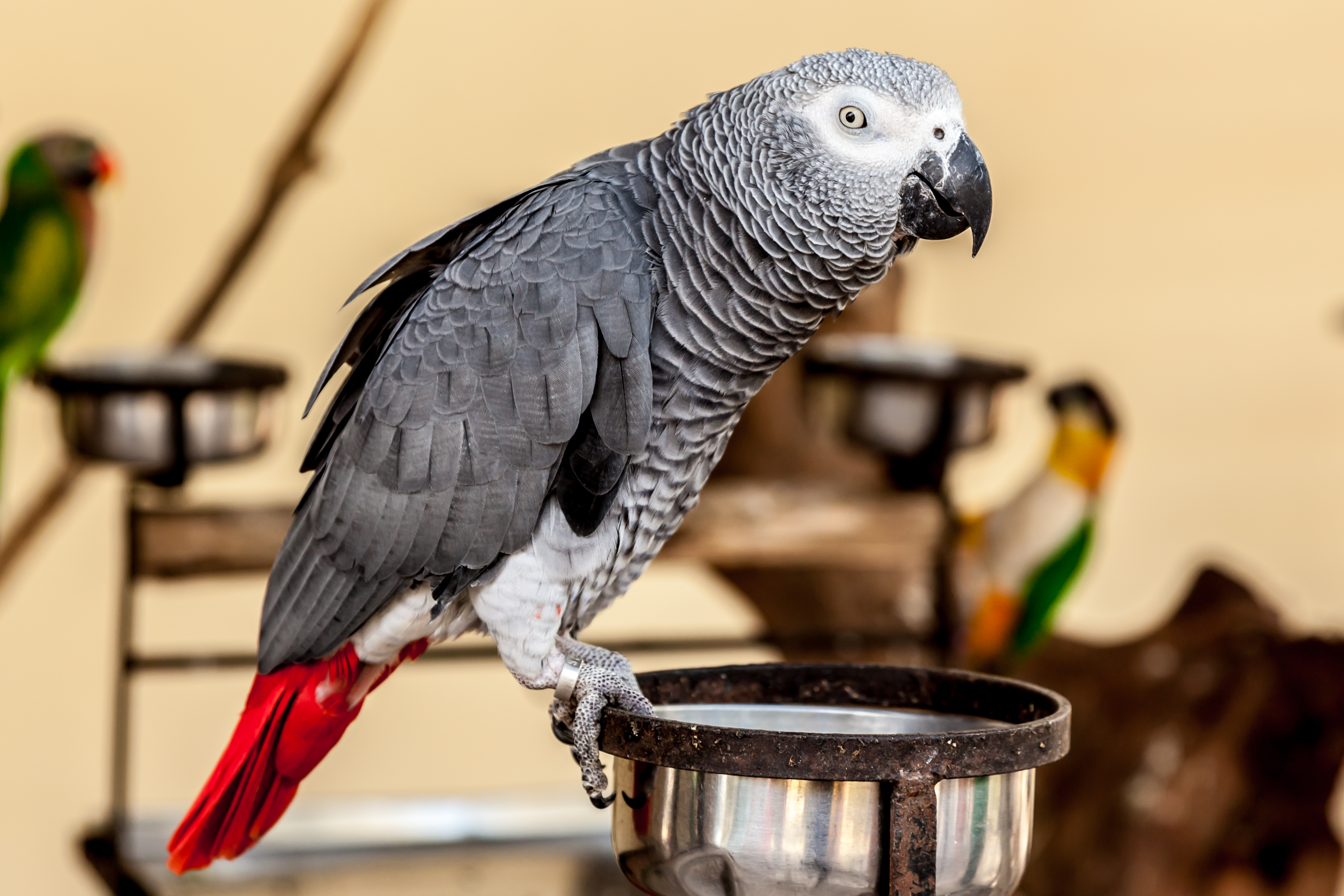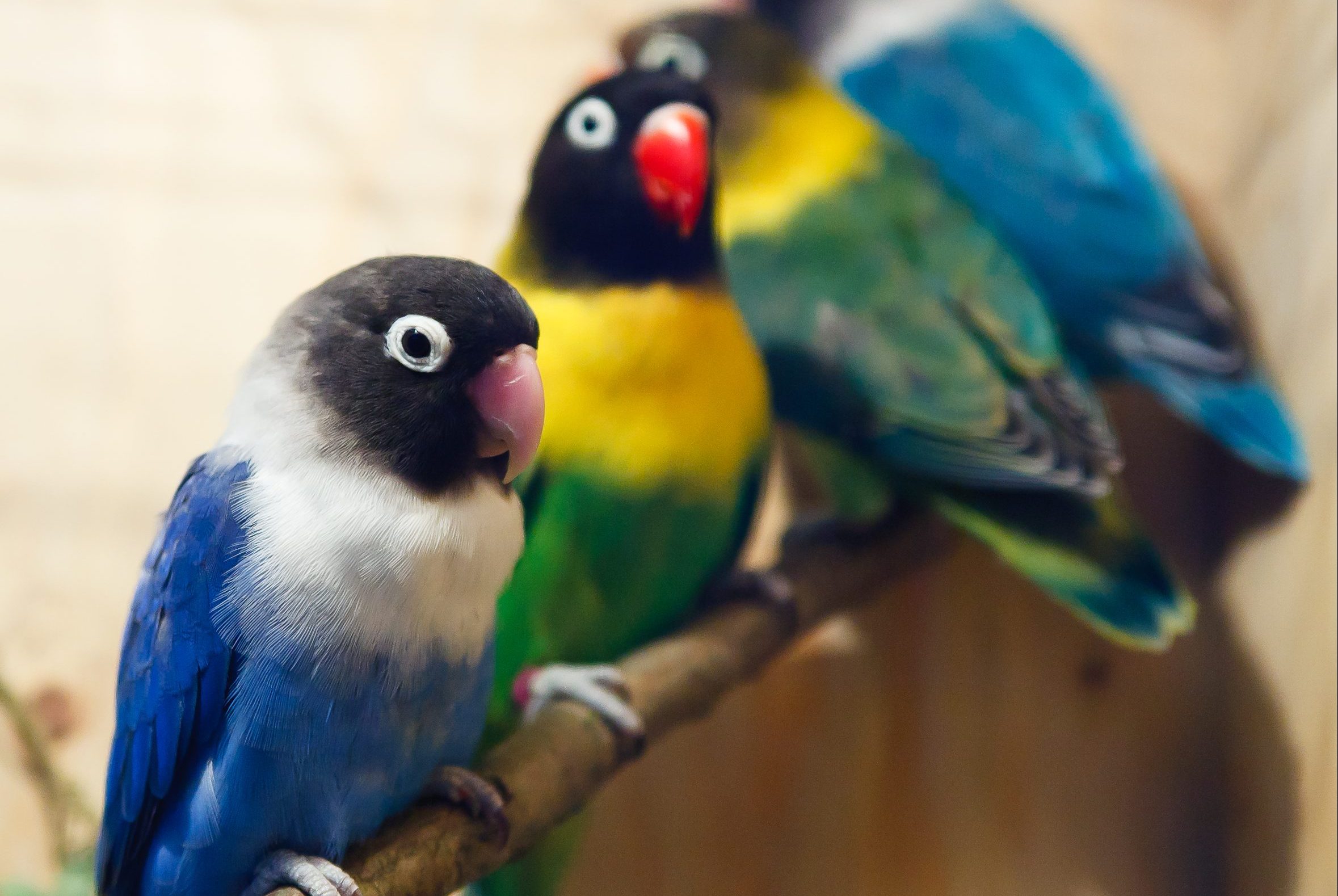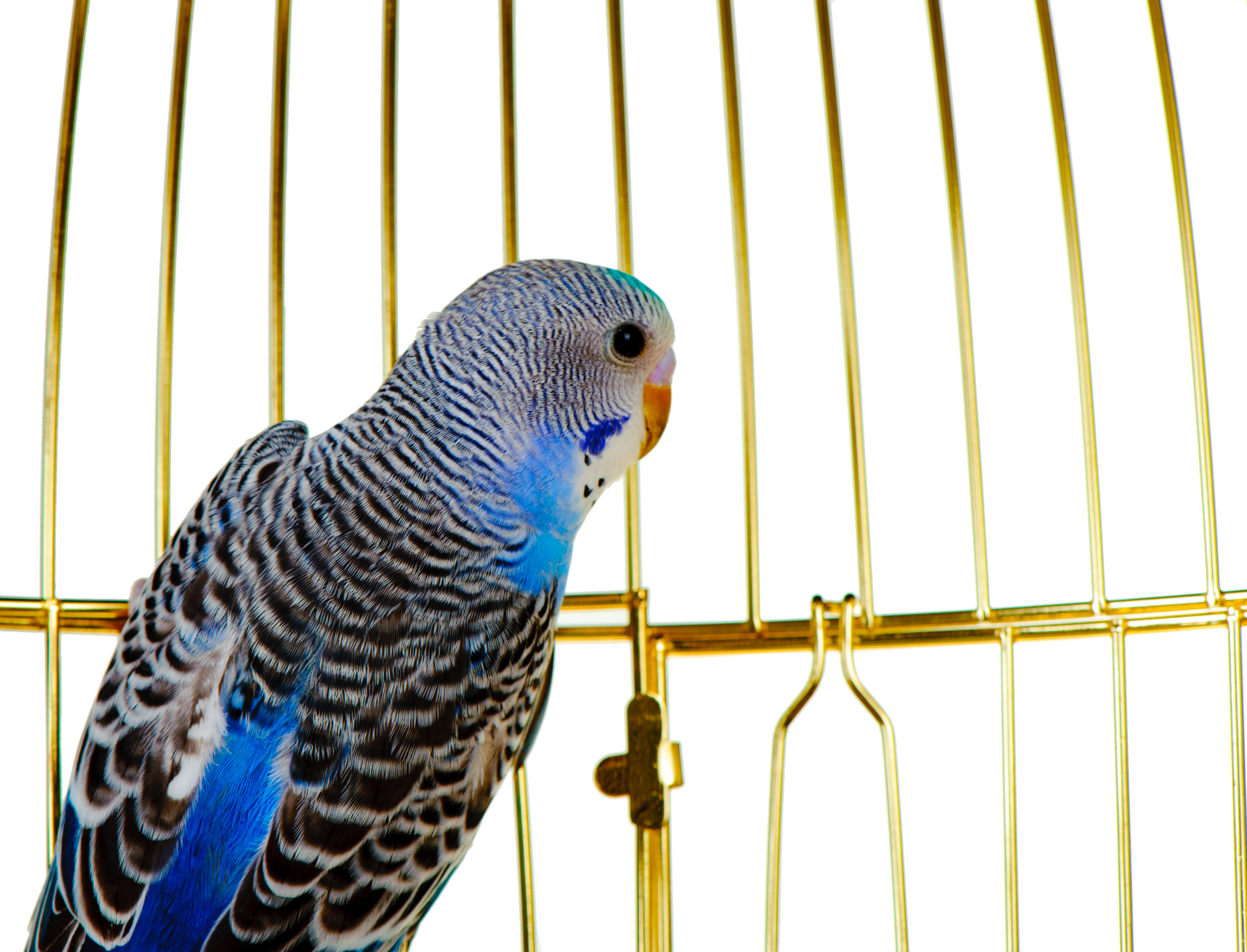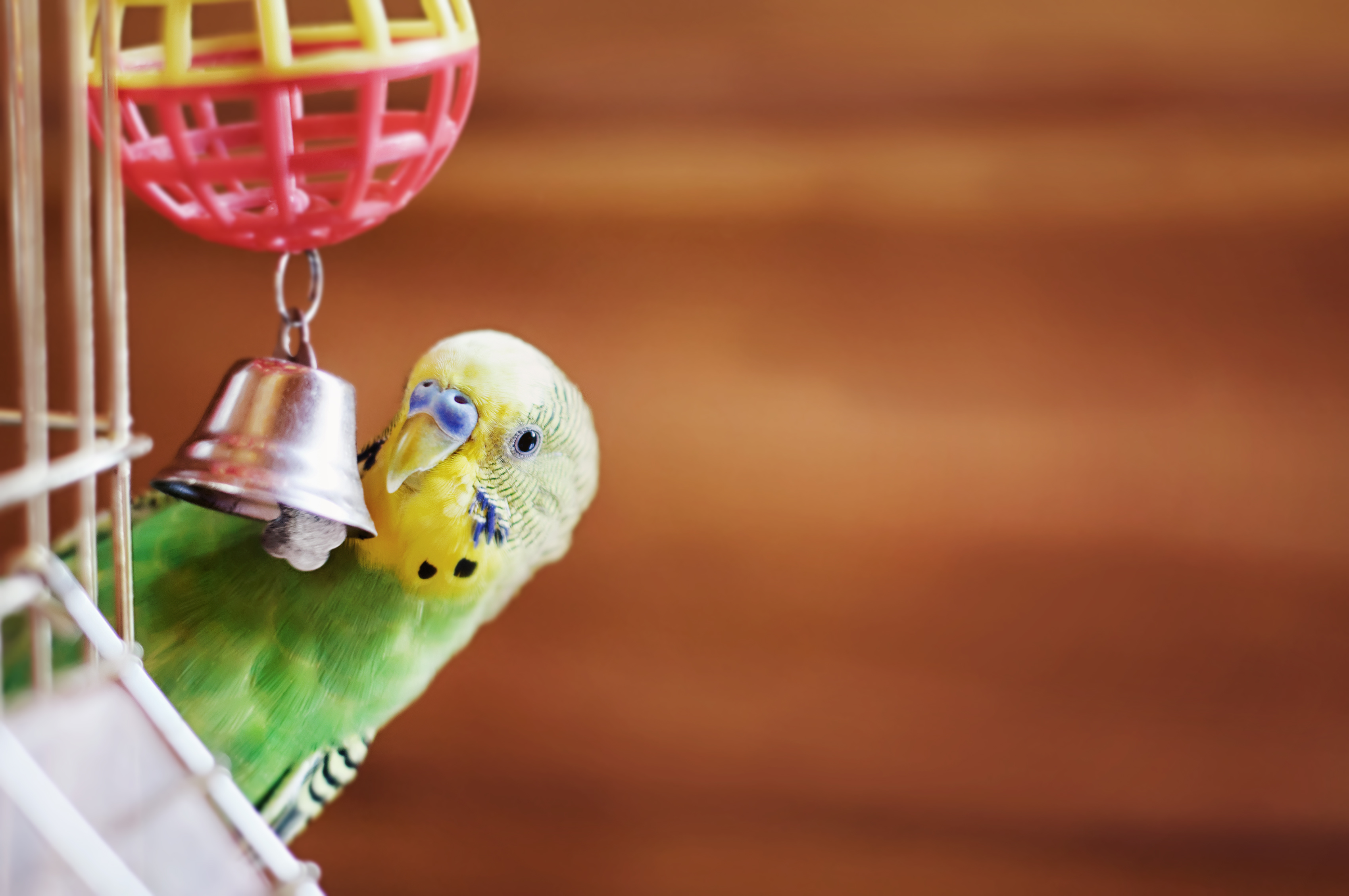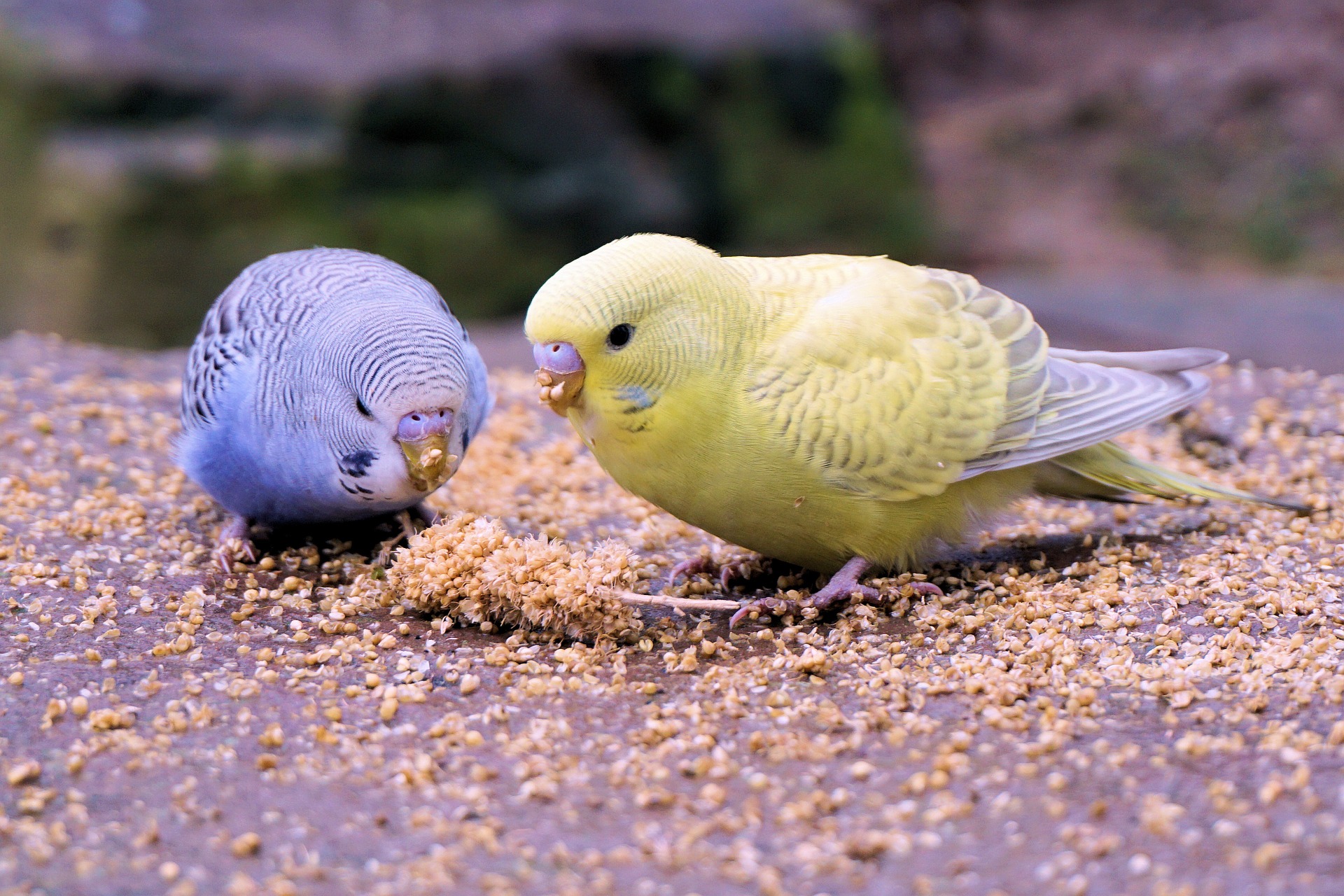Catch Customers’ Eyes with Creative, Colorful Bird Toys
Erik J. Martin //July 17, 2018//
With the demise of Toys ‘R’ Us, the great American toy store may be gone. But you can turn your shop into the great American bird toy store and tap into a growing demand from owners seeking fun and excitement for feathered friends.
Make no cuttlebones about it—bird baubles, trinkets and playthings are hot commodities right now, as evidenced by an increasing array of avian toys on the market. And these aren’t your plain vanilla mirror-and-bell-variety amusements; today’s bird toys feature crazy shapes, vibrant hues, safer materials and sophisticated designs meant to pique Polly’s curiosity and stave off ennui.
Play Products Have Evolved
Dominic Briscoe, co-owner of Ronie’s For the Love of Birds in Sandy, Utah, has a whole wall of these witty widgets for sale.
“We’ve been expanding our set over the years. Now we have several hundred SKUs of bird toys—products from big brands like Kaytee and Super Bird Creations as well as hand-made toys by local vendors,” Briscoe said. “There’s a greater interest from customers in toys overall, as they’re spending more time and interacting more closely with their birds.”
Traditionally, “simple hanging wooden blocks were considered appropriate bird toys. But research has led us to understand that we must address the intelligence of birds and their innate desire to seek foraging opportunities,” said John Lance, owner of A&E Cage Company, LLC, the Burlington, New Jersey-located manufacturer and distributor of avian toys and cages—including its most popular toy, the Happy Beaks Coco Monkey Head, carved from a hollowed-out coconut shell.
Melanie Allen, avian product specialist for HARI (the Hagen Avicultural Research Institute), launched in 1985 as a division of The Hagen Group, says birds—especially parrots—require a variety of safe toys, including foraging toys, to maintain cognitive and physical health.
“Toys should be changed out regularly—even weekly—to prevent boredom and keep the pet engaged,” Allen said.
Mother Nature Approved
Allen contends that the biggest trend in this category in recent years has been the infusion of natural materials in place of plastic. To cater to this movement, HARI introduced its Rustic Treasures line of preening, foot, foraging, beak grooming, brain stimulating, and exercise toys hand-made from 100 percent natural, non-toxic, environmentally friendly, and sustainable raw materials.
Jason Savitt, president of Chicago-headquartered Prevue Pet Products, points to activity toys made from eco-friendly ingredients like coconut shells, roots, woods, fibers and paper as his biggest sellers.
“Bird parents not only want to know that these toys are safe, but they appreciate how the neutral color palette of natural materials blends seamlessly with every décor and accentuates the bird’s colors,” said Savitt, who is preparing to release an all-new collection of natural material toys designed to stimulate foraging and nesting instincts.
Toys that make birds think are on the rise, too.
“There’s a growing popularity around puzzle toys designed to present a challenge to birds. Products like acrylic puzzle toys offer a sturdy, durable construction and help birds hone their problem-solving skills,” says Marissa Kactioglu, product development manager for Penn-Plax, Inc., in Hauppauge, New York, which makes two notable puzzle toys: a hanging toy with interlocking and turning sprockets (Spinning Wheels Bird Toy) and a bottom-of-the-cage toy similar to a ring-toss game (Acrylic Rings Bird Toy). She adds that Penn-Plax will be rolling out a fresh line of acrylic brain teasers later this year.
Toy-mendous Tactics
Experts say the secret to moving this mirthful merchandise is simple.
“You’ve got to mix up your set and keep it looking fresh,” Briscoe said. “We’re constantly changing around our toy display and calling attention to new products.”
Kactioglu agrees.
“It’s important for customers to see the birds in your store interacting with these products, too. Placing products in your display cages is a great way for customers to see them in action,” Kactioglu said. “But remember to rotate these toys—a customer that sees the same toys displayed during each visit won’t be as tempted to make that impulse purchase.”
Toy placement is another critical factor in sales success.
“Try grouping toys together based on bird size and using signage that communicates appropriateness, like ‘Good for small breeds like finches, canaries and parakeets.’ Additionally, group toys together based on the behaviors they promote—like foraging, nesting, or mental stimulation—to encourage customers to buy a variety of them,” Savitt suggested.
Be ready to field queries from curious costumers, as well.
“Shoppers often have a lot of questions about bird toys—like what’s appropriate for my bird’s size and what’s safe. Train your staff so they can provide proper guidance,” Briscoe recommended.
It’s important that retailers be educated on toys to recommend for certain species, Allen insists.
“For example, an Amazon parrot, normally an arboreal bird, is not likely to play with a toy that stays on the lower part of the cage and would instead prefer a hanging toy,” she said.
Lastly, aim to be a more interactive pet store that values fun and customer engagement.
“Consider holding a bird toy-making class for customers and post examples on your Facebook page about the latest toys for birds and why birds need toy variety,” Lance said.
